As a student of humanities hopeless with basic mathematical terms, the chaotic small world of Barabási was a text at times I had to read twice, even though it was not completely hard to measure. (If you’ve ever read The Fabric Of The Cosmos, you understand the ambitious way of applying and defogging theories to a sweeping imagination.) While I could go into details about the concept of the 80/20 rule founded by pea-enthusiast Vilfredo Pareto, what I became interested in was the link between measure and the consequences of quantity management. 
If the power law of the 80/20 rule is a natural phenomena explaining distribution, how does that effect our presence in the equality of an online network? Pareto’s theory pushes us to focus on the 20% effecting the other 80% of your distribution, not only through the complex systems, but in their connectors when applied to links, portals, hubs and webpages. ‘Just as in society a few connectors know an unusually large number of people,’ the reading explains Barabási when applying the rule, ‘we found that the architecture of the World Wide Web is dominated by a few very highly connected nodes, or hubs.‘
So while we may upload highly sophisticated or desirable content, the consequence of quantity management through hubs like Google and Amazon not only renders our content practically invisible, but about 80% of everything else on the World Wide Web as well. Unfortunately, we don’t live in a randomised universe, and therefore the probability of finding content is heavily controlled by connected paths.
